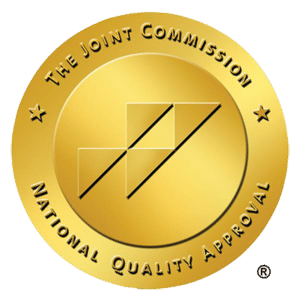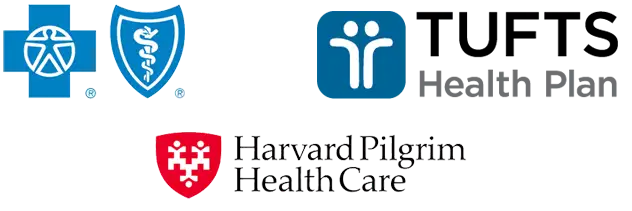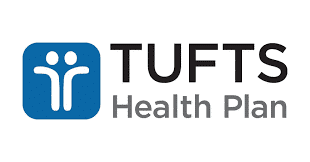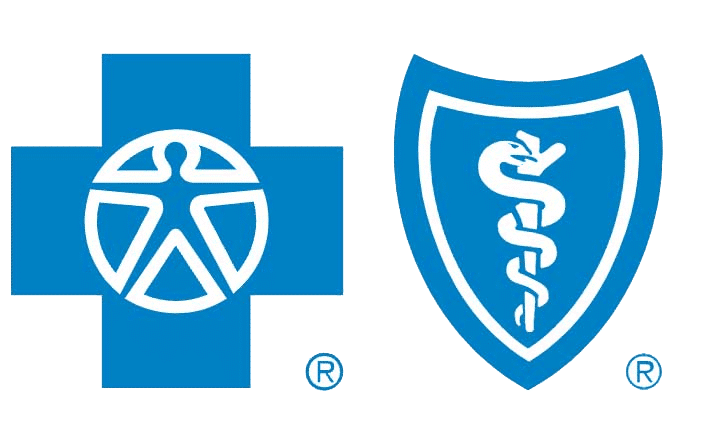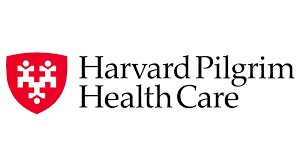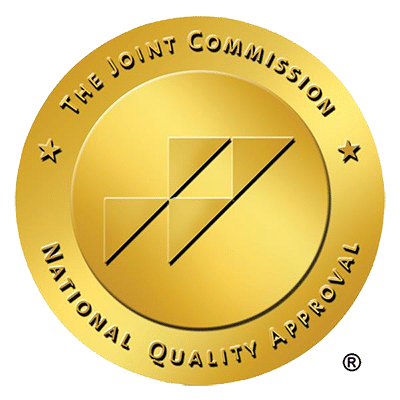If there’s one common attribute between every type of addiction, it’s the severe toll that it can take on a person’s mental health. Many addicts struggle with mental illness as well indicating that they suffer from a condition known as comorbidity, which is when a person has additional conditions coexisting with their primary condition. There are numerous types of psychological disorders that may accompany drug or alcohol addiction, including anxiety, depression, schizophrenia or OCD.
A well-known mental disorder seen in addiction patients is seasonal affective disorder (SAD). This condition can significantly impact a person’s mental state, which directly influences their experience with addiction. To better treat patients living with addiction and SAD, it’s important to understand the way these two conditions interact with each other.
Here’s everything you need to know about SAD and its relationship with addiction.
What Is SAD?
Seasonal affective disorder is a mental health disorder that corresponds with the changing of the seasons. According to the Diagnostic Manual of Mental Disorders (DSM 5), SAD is classified as a form of depression. Unlike major depressive disorder (MDD), SAD is restricted to certain months of the year.
The majority of people with SAD experience symptoms during the fall and winter months. This is due to the waning daylight hours and cold, unpleasant weather. Meanwhile, a much smaller percentage of individuals diagnosed with SAD experience an uptick in symptoms during the spring and summer.
The signs and symptoms of SAD are very similar to those of depression. Some of the most common symptoms include:
- A depressed mood almost every day, lasting most of the day
- Difficulty sleeping
- Low energy levels
- Feelings of guilt, hopelessness or worthlessness
- Loss of interest in previously enjoyed activities
- Changes in appetite or weight
- Difficulty concentrating
- Fatigue
In some cases, this mental condition may cause a person to struggle with thoughts of death or suicide. In this situation, it’s crucial to reach out for help to keep yourself or a loved one out of danger.
How SAD Affects Drug and Alcohol Addiction
Since seasonal affective disorder has such a profound impact on mental health, it can also exacerbate addiction. Many people who have been diagnosed with SAD find themselves using drugs or alcohol in an effort to cope with their symptoms. Additionally, if someone is already struggling with addiction, they may find that their substance abuse spikes during the time of year that triggers their SAD.
It’s also worth noting that many SAD symptoms coincide with the symptoms of an addictive disorder. It isn’t uncommon for addicts to experience significant changes in sleep, appetite, energy levels and overall mood. Moreover, after developing an addiction, many people find themselves losing interest in the activities they used to enjoy or having difficulty focusing at work. All of these warning signs are present in both SAD and substance abuse.
Some research suggests that individuals struggling with addiction may be more predisposed to abnormal circadian rhythms. Due to the fact that circadian rhythms play such a defining role in seasonal affective disorder, this helps shed light on why some addicts may struggle with SAD as well.
Treatment for SAD
Because the symptoms of SAD and addiction are closely linked in many ways, it can be difficult to get to the root of the problem. If you or someone you know is exhibiting any of the signs of SAD, it’s crucial to seek help as soon as possible. A mental health professional can evaluate your symptoms and determine whether you’re suffering from SAD, major depression or another mental health condition.
There are a number of different treatment methods for SAD that can help you cope with your condition. One of the most common forms of treatment is light therapy. During a light therapy session, the patient sits in front of a box that emits a bright light for about 20 minutes per day. This option is particularly helpful for individuals who struggle with SAD during the fall and winter.
Other promising forms of treatment for SAD include talk therapy, medication or a combination of the two. However, everyone is unique, and what works for someone else may not work for you. The most effective way to get the results you want from treatment is to focus on doing what’s best for you.
Seeking Help for Your Addiction
If your addiction is persisting or worsening despite seeking help for SAD, it may be time to find the right addiction treatment program for you. Carefully choosing a treatment plan that is catered to your goals and needs will ultimately allow you to get the most out of the program.
There is a wide range of options to choose from, such as full day, partial hospitalization (PHP*), half day, intensive outpatient (IOP**) and weekly outpatient (OP) care. No matter what your individual experience with drug or alcohol addiction looks like, you can be matched up with a skilled and experienced treatment specialist who is dedicated to your growth and recovery through Topsail.
As you work to overcome your addiction in Topsail’s nurturing environment, you can also count on receiving personalized attention for any co-occurring disorders you might have, including SAD. This can help empower you to reach your full potential and live the healthy, happy and substance-free life you deserve.
Related Posts

Critical Signs of Meth Addiction: Symptoms & Support Options
Wondering what are the warning signs of meth addiction? Early detection can be lifesaving. From drastic behavioral swings to ‘meth mouth,’ these symptoms are alarming

Essential Guide on How to Help Someone with Meth Addiction
If you’re seeking to understand how to help someone with meth addiction, this article is your immediate support guide. Encountering meth addiction within someone you

Recognizing the Warning Signs of Marijuana Addiction
Knowing the signs of marijuana addiction is vital for recognizing a serious problem that often goes unnoticed. In this article, we address the real indicators

Decoding Opioid Addiction Statistics: A Harsh Reality Check
What do the numbers say about the opioid crisis? Diving into opioid addiction statistics offers a sobering reality check: a surge in usage and deaths

Effective Strategies on How to Prevent Opioid Addiction
The key to preventing opioid addiction starts with being informed. If you’re seeking concrete steps on how to prevent opioid addiction, this article is for

How to Help Someone with Cocaine Addiction Effectively
Wondering how to help someone with cocaine addiction? It can feel overwhelming, but your role is crucial. In this guide, you’ll find understandable and practical
